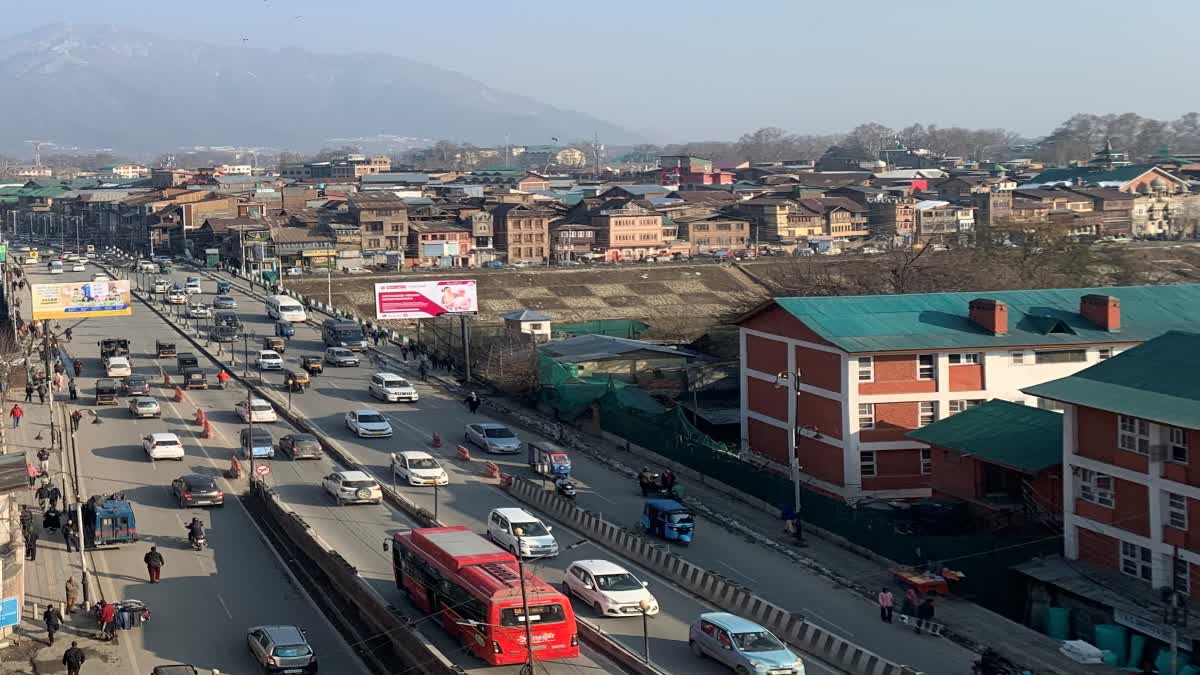Srinagar: After drawing flak from various quarters, the Jammu and Kashmir government has extended the deadline for feedback on proposed amendments to the Unified Building Byelaws (UBBL), 2021. The J&K Housing and Urban Development Department (H&UDD) announced the new deadline will be February 17, 2025.
The initial timeline had drawn criticism from groups such as the Kashmir Chamber of Commerce and Industries (KCCI) and the Environmental Policy Group (EPG). These groups argued that the original deadline of January 18, 2025, did not allow sufficient time for comprehensive public participation or for stakeholders to assess the amendments’ potential economic and environmental impacts.
“The January 18 deadline barely gives us any time to evaluate how these regulations might affect the environment fully,” the EPG had said in a statement. The group raised concerns about how the changes might affect green spaces, water management, and sustainable building practices.
Additionally, the group called on the government to adopt a more open and inclusive approach, stating that “the lack of sufficient information has led to doubts about the intent behind these changes.”
Similar concerns were expressed by KCCI, which called for additional awareness-raising initiatives to enable locals and small businesses to fully comprehend the significance and extent of the proposed changes.
According to both groups, removing restrictions on building height and plot coverage is the major concern as the region comes under high-risk seismic zone V.
The changes include scrapping the Floor Area Ratio (FAR) for residential and commercial plots, as well as for spaces like cinemas, malls, banquet halls, and community centres. This means that an owner or developer could add as many floors as they want and carry out construction without any restriction on ground coverage barring setbacks.
Generally, only three-storied houses were allowed in the existing law, but the proposed changes will allow an owner to construct as many floors as possible, raising questions about its utility.
Read More



